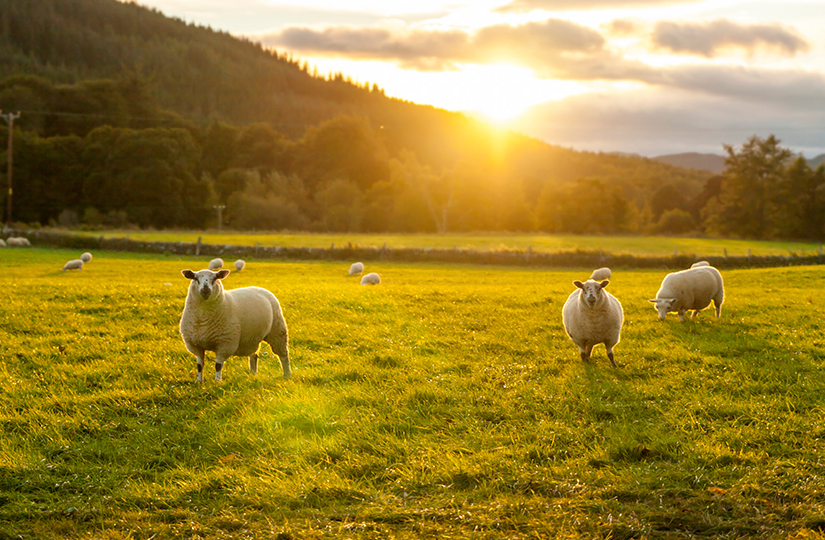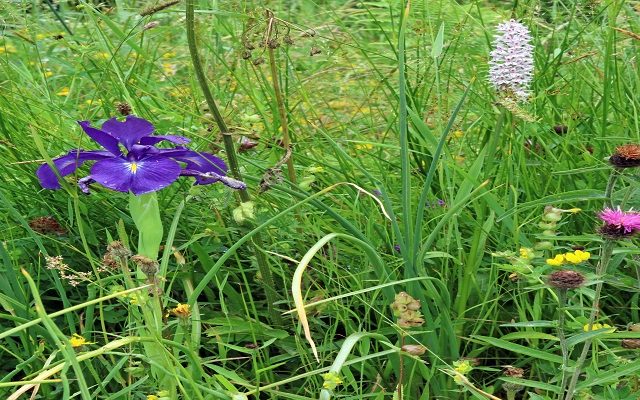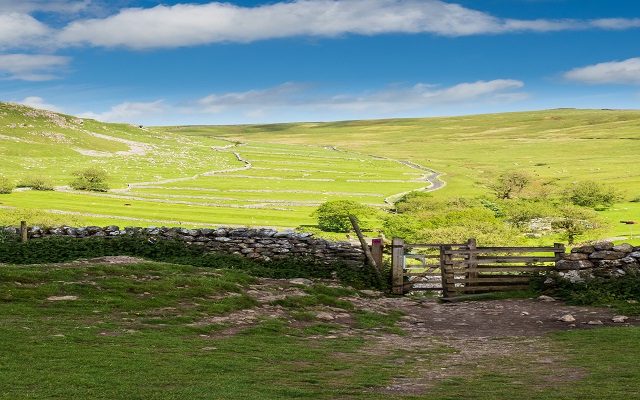Land Business Update | Week Commencing 19th September
Welcome to our update on key land management, farming, planning and energy issues.
FARMING
Basic Payment Scheme (BPS) payments up slightly in Scotland and stay the same in England
In Scotland, the new combined payment rates for BPS and greening are:
- Region 1 – £223.08/ha (up £0.94)
- Region 2 – £45.21 (up £0.12)
- Region 3 – £13.73 (up £0.05)
In England, the payment rates remain the same at:
- Non-SDA – £233.30
- SDA non-Moorland – £231.60
- SDA Moorland – £64.00
Advanced payments of around 50% of the total BPS claim value are currently being issued to farmers. NB In England, payments will be reduced by the planned cuts under the Agricultural Transition Period, so between 20 and 40% lower than in 2020.
Scottish Government cuts agriculture budget
The £33 million is a cost saving measure to help tackle the current cost-of-living crisis. NFU Scotland called it a ‘major blow’ and has requested confirmation that the money will be returned to the farming budget in the near future. The cuts should not affect support payments, including Basic Payment Scheme payments.
Support for Scottish upland sheep farmers
Scottish hill farmers can now apply for funding under the Scottish Upland Sheep Support Scheme (SUSS), which opened for applications on 1st September. It aims to deliver direct support to farmers who currently receive the lowest payment amount under the Basic Payment Scheme (BPS) due to farming poor quality rough grazing land. £7 million is available under the scheme and will help farmers keep their sheep flocks by paying a flat rate for eligible ewe hoggs. The payment rate will be known once the total number of eligible animals claimed is known. To be eligible for the payments, farmers must have at least 80% of their eligible land in Payment Region 3 for BPS claim purposes, and no more than 200ha in Payment Region 1. More information is available here. The application window closes on 30th November 2022.
Understanding costs of production
Now is the time of the year when farmers plan their strategy on inputs to ensure crop profitability at harvest. Realistic budgets and cashflow accounts, based on prior experience and expected input costs and commodity prices, are crucial to monitor costs of production and breakeven points. Do contact Rob Wilkinson or Dan Jones in our farming team if you would like some help with this.
Hedgerow Carbon Code being piloted
This new Code, which will enable land managers to generate carbon credits from hedgerow habitat improvements, could generate up to £60m per year for farmers. It is hoped that the Code creates a worthwhile financial incentive to maintain and improve hedges, which in many places are no longer needed as boundaries to keep livestock in fields. They do, however, have considerable value for wildlife.
Dry weather and agri-environment scheme options
Defra has confirmed that it will still pay for spring-established options (e.g., AB9 winter bird food) even if it has failed due to the dry weather, as long as all management requirements were followed. It is also extending the establishment date for options for this autumn to 30th September (for AB1 Nectar flower mix, AB8 Flower-rich margins and plots, AB15 Two year sown legume fallow and AB16 Autumn sown bumblebird mix).
Take 10 minutes to take part in the Nature Friendly Farming Network survey
The Nature Friendly Farming Network is a group of farmers who champion sustainable and nature-friendly farming practices and provide a platform for sharing knowledge, best practice, and information as part of their community. They want to understand the approaches farmers are currently taking to sustainability and nature-friendly farming practices, as well as the impact of changing agriculture policies on farming operations across the UK. This will help to inform their strategy in understanding what they need to do to support farmers at this critical time of change within the sector. All respondents will be entered into a prize draw to win one of 5 x £100 Amazon vouchers. The survey is available here.
ENERGY
On-shore wind farms raise concerns about scale, wildlife and communities
Most people would agree that the UK, and rest of the world, needs to generate more energy from renewable sources. However, it can cause conflicts and a closely watched area is the Kintyre peninsula on the west coast of Scotland. 150 turbines have already been erected, in nine wind farms, and there are plans for up to 300 more, on 14 more wind farms. The reason for the concentration is a highly beneficial combination of wind, connections to the national grid and ability to install large turbines (up to 230m from the ground to the tip of the highest blade). The BBC reports that there is concern locally about the impacts on biodiversity and also about whether local communities will share in the proceeds from the turbines.
FORESTRY
Planning ahead to reduce the impact of pests and diseases
As we have learnt from the issues of ash dieback, the woodland owners and managers who plan ahead are those that reap the benefits of their pro-active work and foresight. They get better prices for the better quality – not infected – timber, as well as having time to plan a co-ordinated and measured management response that considers the forest and not just individual stands. All this is essential to plan work, liaise with contractors and anticipate timber incomes. Receiving Statutory Plant Health Notices is far from ideal, as woodland owners then have a limited time in which they must respond. If you would like to discuss this, please contact Hugh Williams in our forestry team.
PROPERTY
Residential properties EPC rating positively link to sale prices
Research by TwentyCi has found that the higher the EPC rating a residential property has, the higher its selling price and the faster it gets sold. Previous studies also found a positive link between EPC rating and sale prices. However, the market remains complex and we are seeing landlords with properties with low EPC ratings selling off their portfolio, rather than investing in improving them.






